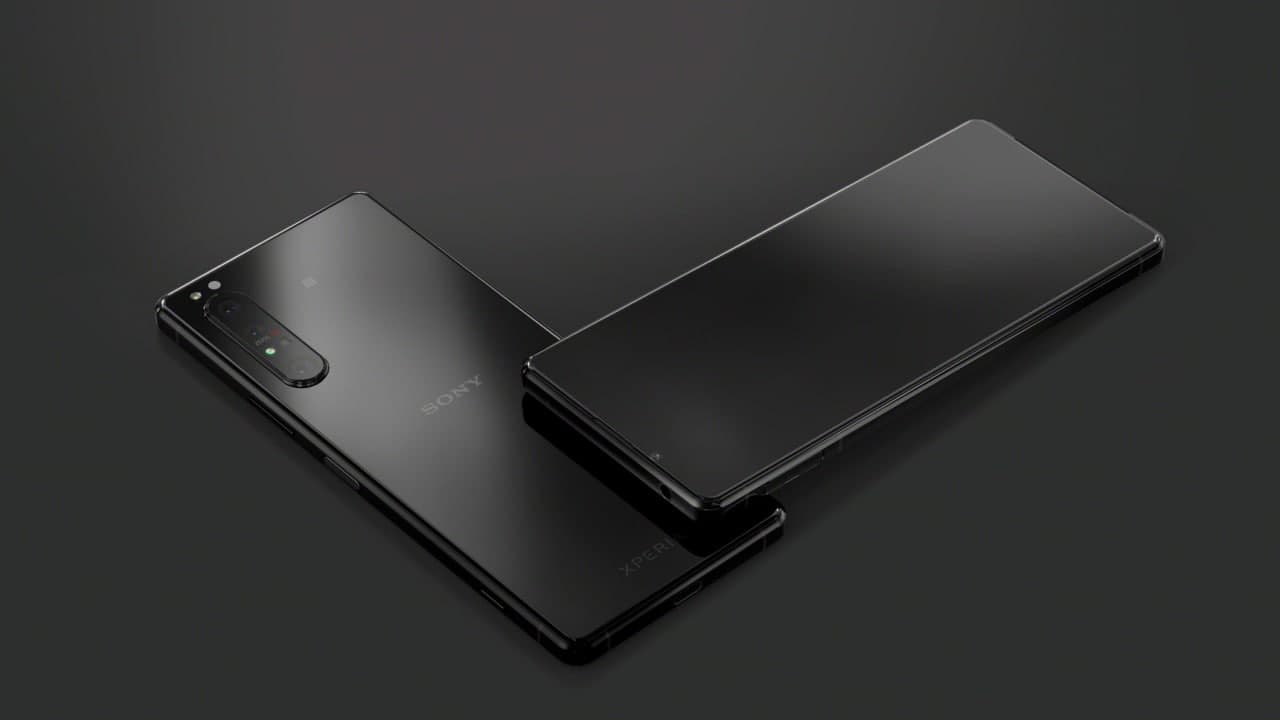Sony China introduced the PS5’s contribution to energy conservation and environmental protection in its official blog. First of all, Sony PS5 uses AMD Zen2 and RDNA2 high-efficiency chipsets. Playing PS4 games on PS5 can consume about one-third less power than when playing on PS4 Pro.
Compared with PS4 and PS4 Pro, PS5 consumes energy in standby mode. Reduced by about 80%, the energy consumption of using USB charging when connected to the internet is reduced by 28-39%.
Join Tip3X on Telegram
Sony said that for every one million game consoles sold, it is estimated that it is equivalent to avoiding carbon emissions of approximately 46,000 tons per year. Taking all PS5 game consoles sold from November 2020 to August 2021 as an example, based on five years of use, this is equivalent to avoiding 6.2 terawatt-hours of electricity consumption-the annual consumption of approximately 1.7 million British households averages electricity consumption.
In terms of product design and packaging, the plastic shell of the host is made of PC ABS, ABS, and polycarbonate (PC) plastics. In order to help recycle used hosts, Sony guarantees that recyclers can use readily available tools on the market to dismantle larger parts (greater than 100 grams), and also ensure that the halogen-based flame retardant content in plastic shell parts (greater than 25 grams) is not more than 0.1% (by mass).
 In addition, when feasible, Sony will mark the material composition and flame retardant content on plastic parts weighing more than 20 grams (if the flame retardant accounts for 0.1% or more by mass) for easy identification during recycling different kinds of plastics.
In addition, when feasible, Sony will mark the material composition and flame retardant content on plastic parts weighing more than 20 grams (if the flame retardant accounts for 0.1% or more by mass) for easy identification during recycling different kinds of plastics.
Moreover, SIE has also implemented resource-saving packaging specifications for PS5 and has developed a new global packaging design program-plastic content no more than 1% to 7% (calculated by unit and weight, depending on the product).
Furthermore, Sony reiterated its commitment to improving the energy efficiency of TVs, game consoles, and other consumer electronic products in the group’s ESG briefing. In the fiscal year ending March 31, 2021 (FY2020), the annual electricity consumption of a single product was 54% lower than the fiscal year ending March 31, 2014 (FY2013).














